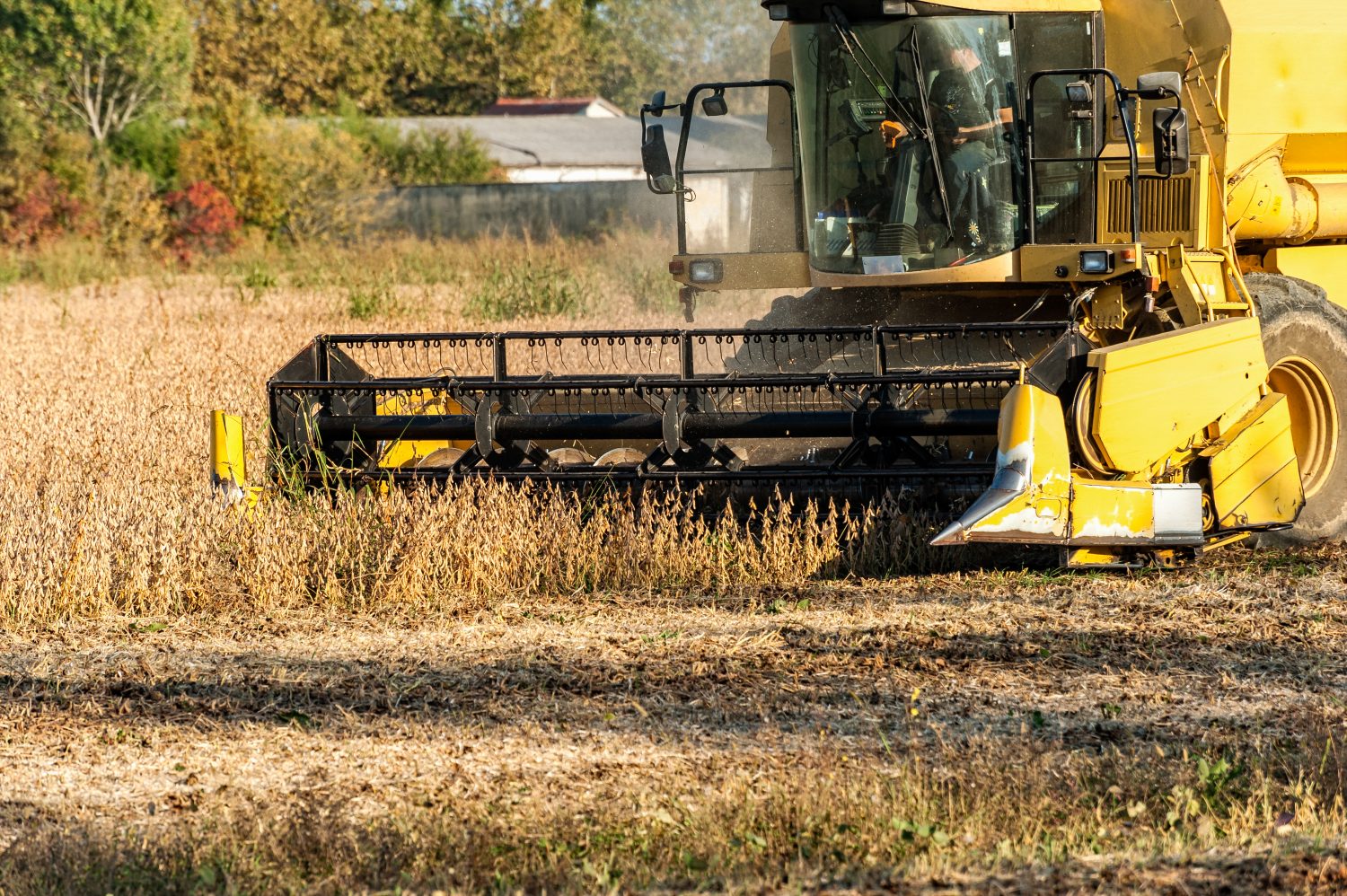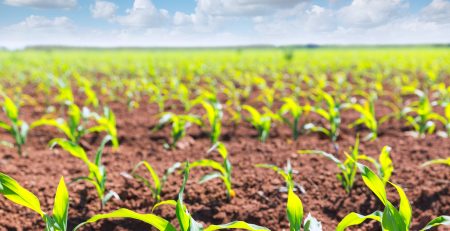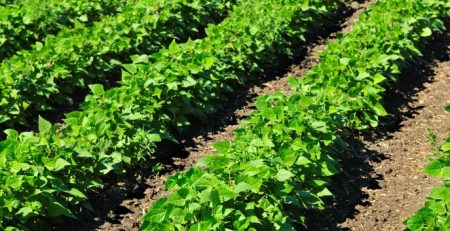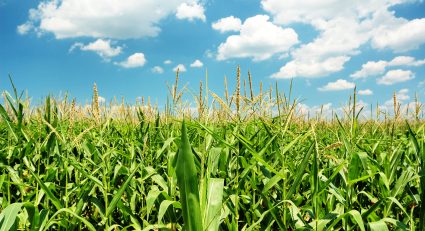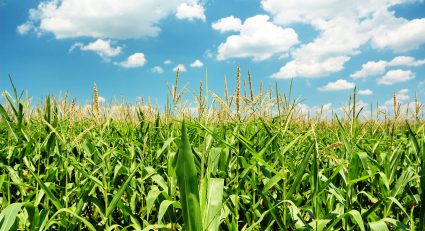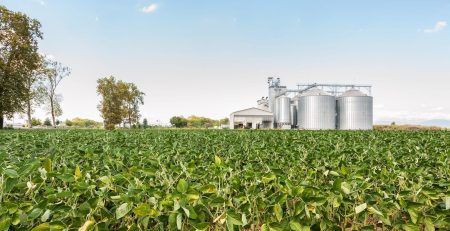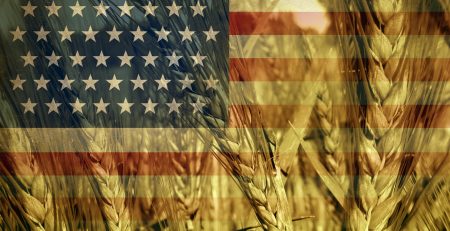After-Harvest Questions
Now is the time to grade your financial success and start planning for the next crop cycle “Just as the combine gives you absolute production yield, an office-centric mind will give you absolute profitability yield,” explains Chris Barron, president of Carson and Barron Farms in Rowley, Iowa.
Start planning for a profitable 2019.
Were you on budget for the year?
If not, why? Calculate each expense in terms of cost per bushel, says Barron, also a financial consultant for Ag View Solutions. “This helps you understand the value of incremental changes. You might assume an expense is significantly higher this year when it only represents a difference of 2¢ or 3¢ per bushel.”
How close were your income and yield projections?
Were variances from your income expectations attributed to prices or yields? Analyze and document the reasons, Arrington says. If the answer is yields, was it a one-time event or the start of a new yield trend?
What is my cost of storing grain?
Many farmers are holding more grain than an average year, says Kala Jenkins, agriculture consultant with K•Coe Isom. “Know what your cost is to carry that grain,” she says. “Then you can make sure you are truly earning more money by storing it.” Know your break-even costs and have a grain marketing plan in place.
Can you pay off your annual operating lines, annual debt payments and other loans?
If not, how short will you be? “It is probably best to address this with your primary banker sooner rather than later,” Arrington says. “If addressed quickly you can probably work hand in hand with your banker to create a workable restructuring deal.”
Did all components of my operation make money?
Analyze the expenses and income for each profit center, Barron suggests. “This is critical to determine which parts of your business are performing and which ones are lagging.”
Where can I shave production costs?
We’ve been encouraging farmers to look at making a 5% cut on all expenses, Jenkins says. “Even small cuts can really help your bottom line. Look closely at all of your variable costs. Just be sure you’re identifying places to trim that don’t reduce your productivity.”
How will next year be different?
Will you need to change some aspects of your operation to be on top of your game for next year? “If you know you will need to make land improvements, replace equipment or make large but essential repairs, go ahead and talk to your banker about it,” Arrington says. “Start running the numbers on how the changes could possibly positively impact your operation and decide if the changes will pay for themselves.”
Also, use this time to explore diversifying your operation. “What can you change today to match the marketplace?” Jenkins says. A few options to consider are solar projects, conservation easements, a livestock enterprise or food-grade commodities. “Evaluate if a new enterprise makes sense and money,” she adds.
Content within the Farm Journal Forum is the property of Farm Journal, Inc and protected by copyright.This article was first published on https://www.fjfnews.com.
